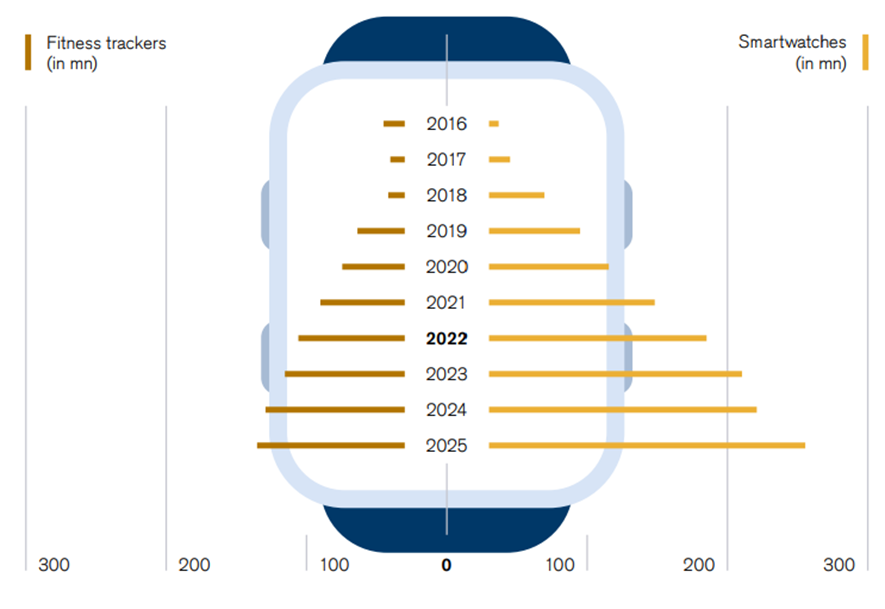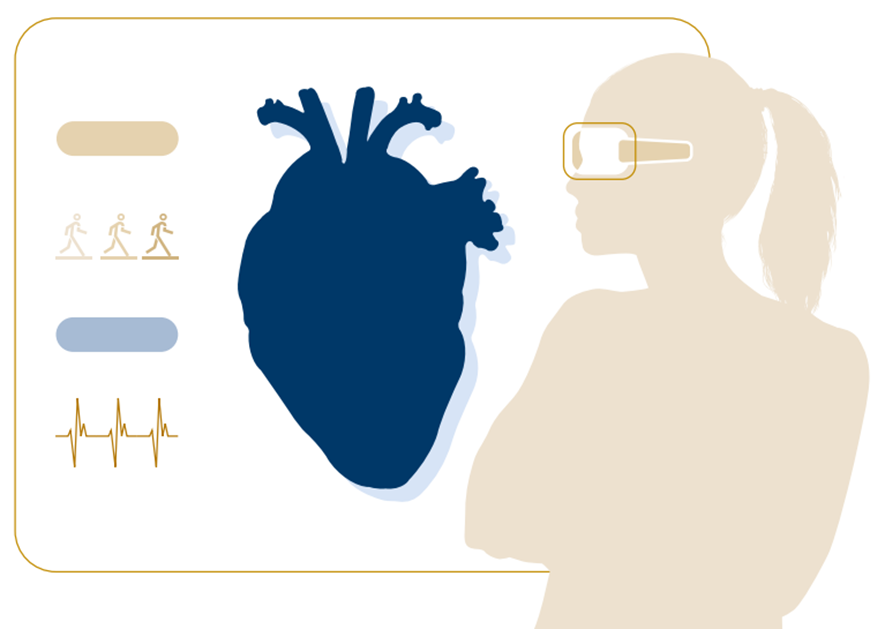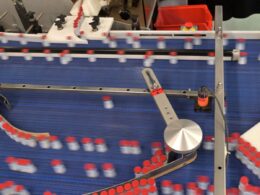This is an excerpt of the report “Supertrends 2022 — Here to stay. From societal trends to investor impact.” , with the title above, focusing on the topic in question.
Credit Suisse
Michael Strobaek; Nannette Hechler-Fayd’herbe, Daniel Rupli
July 2022
Excerpt by
Joaquim Cardoso MSc.
Health Revolution — Institute
Institute for continuous health and digital transformation.
Supertrends — Unit
July 1, 2022
Synthesis of Supertrends:
- 1.Anxious societies — Inclusive Capitalism
- 2.Infrastructure — Closing the gap
- 3.Technology — At the service of humans
- 4.Silver economy — Investing for population aging
- 5.Millennials’ values — Gen Z and Y
- 6.Climate change — Decarbonizing the economy
Synthesis of Technology Trends:
- 1.Digitalization — Meet the Metaverse
- 2.Virtual reality — Living in a virtual world
- 3.Artificial intelligence — Digital age workhorse
- 4.Industry 4.0 — Smarter supply chains
- 5.Healthtech — Now entering the hologram

5.Healthtech — Now entering the hologram
Innovation in electronic devices that integrate AI (e.g., natural language recognition), AR or new sensor technology is driving consumer interest in wearables to track their health in real time.
The use cases for wearables, however, are expanding into other areas.
When Alphabet announced the acquisition of Fitbit in 2019, the use case evolved from measuring fitness activity to a lifestyle device that can help prevent disease or maintain good health, for example controlling weight or monitoring physical activity.
Indeed, diagnostic and therapeutic purposes aimed at providing more personalized healthcare are the new frontier for wearables.
In addition to sleep and neuro-monitoring devices, electrocardiographs, pain management and respiratory therapeutic devices, a wide range of new low-cost wearables that can assess various physical quantities has been developed during the pandemic.
For example, clothing that can detect when certain molecules or biomarkers are present in sweat; face masks that analyze breath and can detect airborne diseases; and contact lenses that can measure the pressure of fluid inside eyes.
Using several of these devices in combination with telemedicine could help create a clearer picture of a patient’s health and may lead to cost reductions in the healthcare system.
According to estimates from ResearchandMarkets.com, the global wearable medical devices market should rise to USD 24.38 billion in 2025 from USD 10.28 billion in 202121.
Using several of these devices in combination with telemedicine could help create a clearer picture of a patient’s health and may lead to cost reductions in the healthcare system.
Telemedicine is another important driver of growth in health-tech, including surgical robots and the use of AI for drug development.
For minimally invasive surgical interventions, the first 3D holoscope from the company RealView, which has received US Food and Drug Administration approval, generates real-time holograms from standard 3D imaging sources.
These can be used for operations or education purposes.
Telemedicine is another important driver of growth in health-tech, including surgical robots and the use of AI for drug development.
Tracking duel — Fitness trackers vs. smartwatches

Source CCS Insight, Credit Suisse
Real-time 3D holoscope

Source Credit Suisse
About the authors
Editor-in-chief
Nannette Hechler-Fayd’herbe
Authors
Daniel Rupli
Reto Hess
Jens Zimmermann
Uwe Neumann
Lorenzo Biasio
Julie Saussier
Pedro Iglesias De La Vega
Samuel Traub
Preface
Michael Strobaek, Global Chief Investment Officer, Credit Suisse
Nannette Hechler-Fayd’herbe, Head of Global Economics & Research, Credit Suisse
Daniel Rupli, Head of Single Security Research, Credit Suisse












